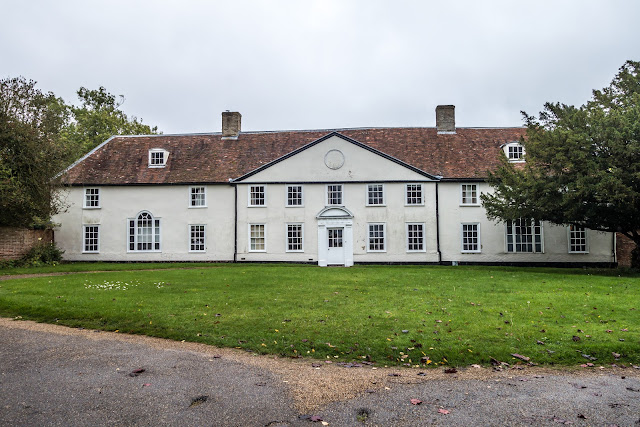Sudbury - home of Thomas Gainsborough

Sudbury in Suffolk has several interesting features, but of them all, I suppose being the birthplace of the famous painter Thomas Gainsborough, must rank as its greatest. It is a town that I used to visit on a regular basis, indeed the office of the company I worked for was in the market square. Sudbury has some beautiful walks, especially across the water meadows and along the riverfront. So many places to point my camera! Painter Thomas Gainsborough was born in Sudbury in 1727, and was educated at Sudbury Grammar School. His birthplace, now named Gainsborough's House (below), is a museum to his work and is open to the public. It houses many valuable pictures and some of his family possessions. A statue of Gainsborough (above) was unveiled in the town centre outside St Peter's Church on Market Hill in 1913. The house in Gainsborough Street (naturally) where he lived. Sudbury has some lovely old properties such as this fine block with The Chantry, a grade I listed building, 15t...
